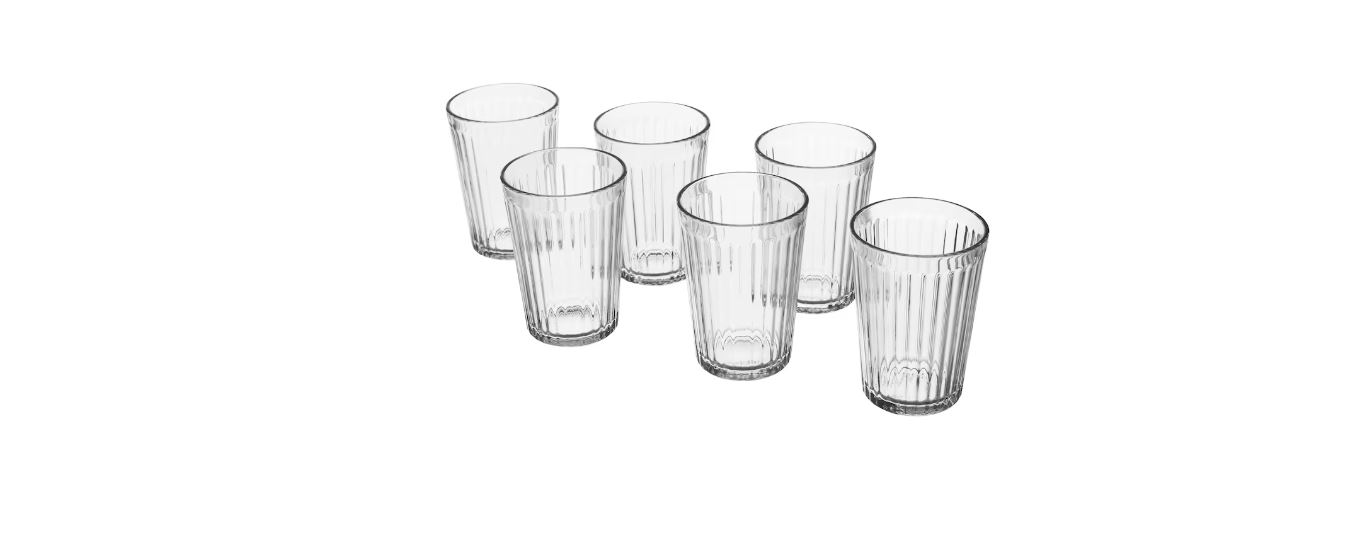Instruction Manual of IKEA VARDAGEN Glass

Before using for the first time
- Wash, rinse and dry the knife before using it for the first time.
Cleaning
- Knives prefer to be washed by hand. The knife is unlikely to be rendered useless if washed in a dishwasher, but the edge can be damaged, the blade may corrode or the surface on the plastic handle may become dull.
- Wash and dry the knife directly after use. That prevents any risk of bacteria spreading from, for example, raw chicken to fresh vegetables.
- To avoid unsightly marks on the blade, dry the knife immediately after it has been washed.
Sharpening and whetting
- A sharp knife is safer to use than a blunt one. Although the molybdenum/ vanadium steel used in this knife stays sharp longer than ordinary stainless steel, you should still sharpen the knife at regular intervals. Once a week is usually advisable for ordinary household use.
- Remember that the sharpener must be made of a harder material than the steel in the blades. For this reason you need to use a knife sharpener made of ceramic, diamond or a whetstone. Never use a sharpener of stainless steel.
- If a knife has become very blunt as a result of long use or carelessness, you may need to have the blade professionally sharpened to restore its edge.
Storing and using your knife
- Avoid cutting through frozen or very hard food (for example, bones), this can cause the edge to bend or shards to loosen in the blade. If you cut into hard foods: Pull the knife back and forth through the food. Do not rock the knife from side to side.
- Always use a chopping board made of wood or plastic. Never cut on a surface of glass, porcelain or metal.
- Store your knife in a knife block or on a magnetic strip on the wall. Storing knives in the right way protects the edge and prolongs the life of the knife.
